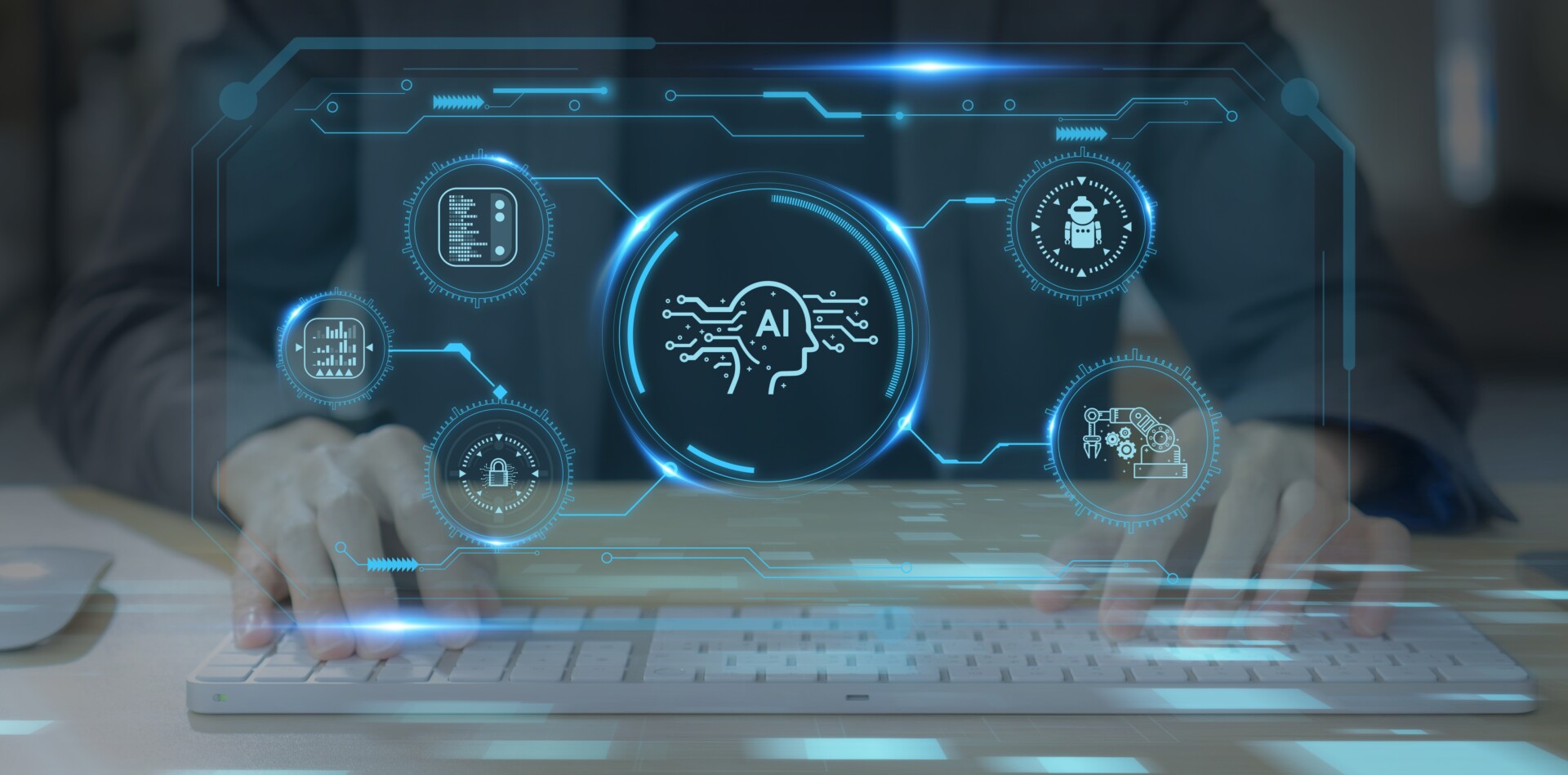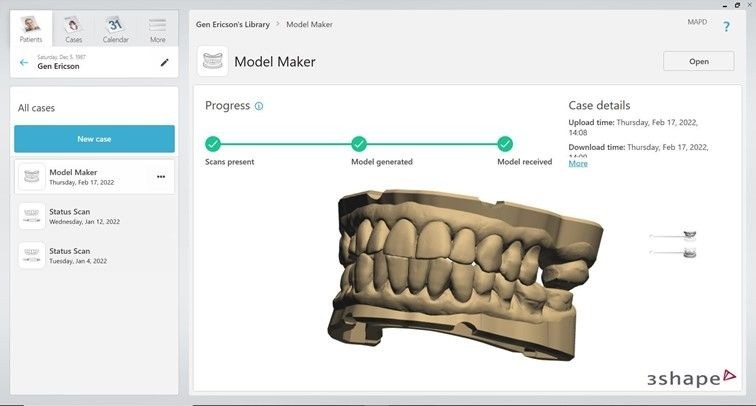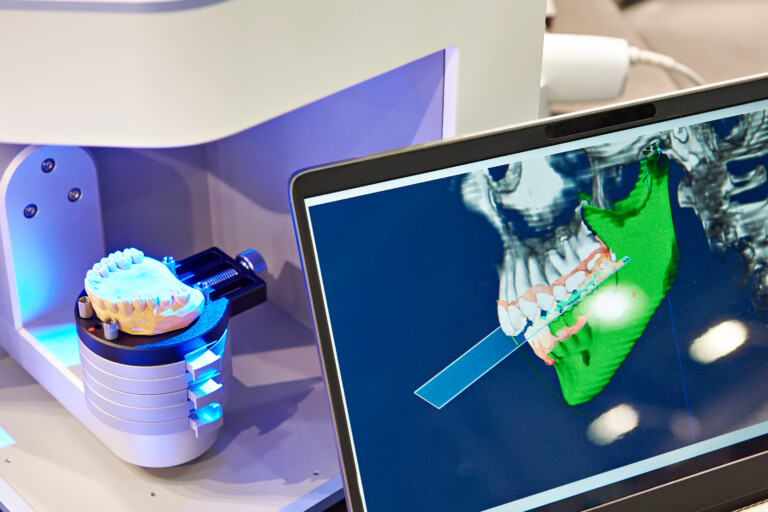Digital dentistry is here to stay, but we are learning that that term encompasses a great deal more than originally thought. There continue to be unexplored frontiers of technical advancement that pose new challenges, new questions, and surprising new success stories. The newest innovation has opened a whole new world of automation and exploration: generative AI.
What Is Generative AI and Deep Learning?
Artificial Intelligence (AI) utilizing deep learning is increasingly prevalent in dental diagnostic imaging. Various tasks within deep learning are applied to these images, enhancing diagnostic capabilities. For instance, classification tasks help distinguish images with positive abnormal findings from those without, and assess lesion progression based on imaging results. Object detection and segmentation tasks are employed to identify teeth in panoramic radiographs, facilitating the automatic generation of a patient’s dental chart.
Additionally, deep learning methods are effective in detecting and evaluating anatomical structures from images. Generative AI, rooted in natural language processing, can automatically generate written reports summarizing diagnostic imaging findings. This technology marks a significant advancement in streamlining and enhancing dental diagnostics.

Dentistry has witnessed a surge in the popularity of digital radiography and dental cone-beam computed tomography (CBCT) since the early 2000s. Because of this, the development of computer-aided detection and diagnosis (CAD) gained traction in dental research, an area that was not previously as aggressive as in medical fields. Dental radiological CAD serves various purposes, including identifying maxillary sinus lesions visible in X-rays, detecting calcification bodies in the carotid artery, and recognizing morphological changes in the mandibular cortical bone indicative of possible osteoporosis.
From Early CAD/CAM Technology to Today
Early CAD systems relied on human knowledge and experience to program explicit methods and rules for distinguishing between positive and negative patient images based on specific X-ray findings. Pathological changes were characterized by alterations in organ size, increased organ radiopacity, and the disappearance of soft- or hard-tissue anatomical structures.
From the early 2010s onward, the integration of machine learning and artificial intelligence (AI) in CAD has surged. Unlike traditional CAD systems requiring explicit programming, machine learning and AI automatically learn patterns and knowledge from data, acquiring the ability to perform tasks through data analysis and repeated trials.
One of the drawbacks of CAD/CAM software is that, even as it eliminated some of the need for outsourcing, the process was still labor-intensive and time-consuming because of the need to customize the results each time for each individual patient. Generative AI can help circumvent this process and eliminate overwork.
Advances In Dental Artificial Intelligence
Researchers in Hong Kong have been developing an answer to the problem of time-consuming CAD/CAM processes. Researchers from the Faculty of Dentistry at the University of Hong Kong have created an algorithm for individualized dental crown design to produce crowns that resemble the morphology and biomechanics of natural teeth.
In this research, the scientists trained the algorithm using 600 sets of digital casts featuring mandibular second premolars along with their neighboring and opposing teeth. To evaluate its effectiveness, they tested the algorithm on an additional 12 sets of data, generating 12 crowns. A comparison was then made between the crowns designed by the algorithm and natural second premolars.
This analysis was conducted using both CEREC software and a CAD program operated by a technician. The assessment focused on 3D similarity, cusp angle, and the number and area of occlusal contact points as morphological parameters. Additionally, designs created on a computer in lithium disilicate underwent biomechanical fatigue simulations based on physiological occlusal force.
Generative AI’s Crowning Achievement
The crowns designed by the generative AI exhibited the smallest 3D differences, the closest cusp angle, and similar occlusal contacts when compared to natural teeth. Also, in lithium silicate, these AI-designed crowns demonstrated an anticipated lifespan comparable to that of natural teeth. The researchers noted that the other two methods of dental crown design resulted in crowns that were either too large or too thin, failing to achieve the same lifespan as natural teeth.
“During the training process, natural teeth morphological features were learned by the algorithm, so that it can design dental crowns comparable to a natural tooth—both morphologically and functionally,” lead author Dr Hao Ding, a postdoctoral fellow in applied oral sciences and community dental care at the university, said in a press release.
3Shape Automate

3Shape has expanded their digital dentistry offerings to include a new frontier: a generative AI program called 3Shape Automate. This division of 3Shape’s business is entirely AI; as they put it, “[N]o one is behind the wheel designing crowns at 3Shape Automate.”
The process is simple: lab technicians upload intraoral scans to Automate, which designs whatever is needed in as little as 5 minutes. Currently, Automate’s offerings include upper nightguard designs, and single- and multi-unit monolithic molar and premolar crown designs.
Fully automated production brings forth a host of new possibilities. Files can be uploaded to Automate at any time, meaning designs can be done 24/7 without concern for normal working hours. Automated designs are repeatable and also scalable to meet increased need.
Looking Into the Future
In a surprising twist, one of the solutions to the problems and complexities of digital dentistry may be found in digital dentistry itself: generative AI that seeks out solutions to the problems before we even know they exist.
While generative AI holds immense promise, it also faces challenges. Quality data is crucial for reliable AI models, and dentists must ensure accurate input. The interpretability of AI models remains a concern—clinicians need to understand how AI arrives at its recommendations. Additionally, ethical aspects, such as data privacy and regulatory compliance, require attention. As AI continues to transform dentistry, striking a balance between innovation and responsible use becomes essential for optimal patient care and professional growth.
To learn more about the newest technology and how to incorporate digital dentistry into your practice’s workflow, visit Benco’s website or contact one of their knowledgeable reps today for more information.


